MNAC, the National Art Museum of Catalonia, is Barcelona’s most important museum with art collections spanning from the Middle Ages to the twentieth century. The museum is especially renowned for its Romanesque and Gothic art.
Palau Nacional
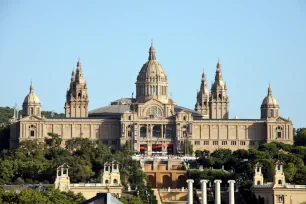
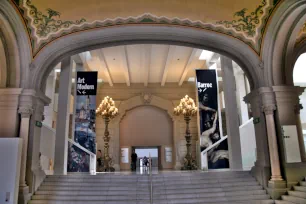
The MNAC is housed in the Palau Nacional (National Palace), an imposing edifice built on the north flank of the Montjuïc Hill as the main pavilion for the World Exhibition of 1929. The palace was to be demolished after the end of the exhibition, but instead it was preserved and in 1934 it became home to an art collection that focuses on Catalan art and artists.
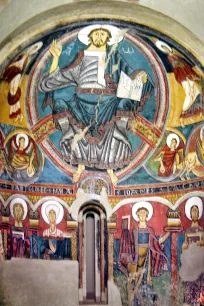
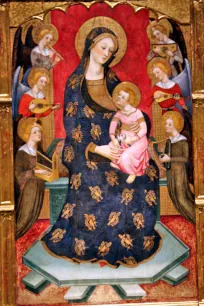
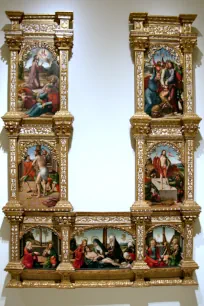
Art Collection
The museum has grown significantly over the years and now has a varied collection of art, from Romanesque to Modern. It is best known for its excellent Romanesque and Gothic art, but its modern art collection is notable as well, with many Catalan Modernista works.
Romanesque Collection
The MNAC boasts an unrivaled Romanesque Art Collection with a large number of mural paintings, many of which come from abandoned churches in the nearby Pyrenees.
One of the many highlights is a fresco taken from the apse of the church of Sant Climent in Taüll, a small village in the north of Catalonia. The painting, known as Christ in Majesty, shows a colorful depiction of Christ with strong Byzantine influences.
The museum also has a unique collection of painted panels from the twelfth and thirteenth centuries, as well as woodcarvings, sculptures and metal artwork.
Gothic Collection
The museum’s Gothic art collection is equally impressive, with an unparalleled collection of religious wooden painted panels from the thirteenth to the fifteenth century. Most of the pieces are from the Catalan and Valencian schools, which were influenced by Gothic art from Italy and France.
There are many works from the most important Catalan artists of the era, including painters Pere Serra, Jaume Huguet and Bernat Martorell and sculptor Jaume Cascalls, to whom a fourteenth century head of Christ is attributed.
Renaissance and Baroque Collection
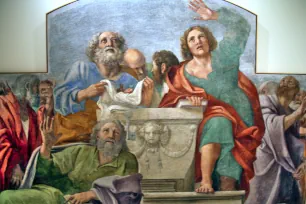
Works from many of Europe’s most important painters from the sixteenth, seventeenth and eighteenth centuries are displayed here. Some of the most famous names include Rubens, Titian, Velázquez and Francisco de Zurbarán.
Among the highlights are mural paintings from the Herrera Chapel, a painting of Saint Peter and Saint Paul by El Greco and Zurbarán’s Immaculate Conception. Most of the paintings in the galleries were donated by private collectors, some of which are displayed in separate rooms.
Modern Art Collection
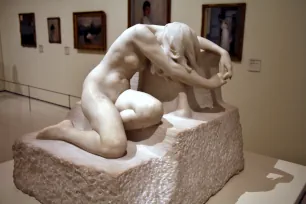
In the Modern Art galleries, visitors find an interesting collection that was previously exhibited in its own dedicated museum in the Parc de la Ciutadella. It has a selection of mainly Catalan art from the nineteenth and twentieth centuries, a time when Modernista – the local interpretation of Art Nouveau – and the subsequent Noucentisme reached their peak.
Besides paintings and sculptures, you’ll also find some Modernista interior design here, including pieces created by Gaudí.
Other Collections
The MNAC also has a collection of drawings, prints and posters – the most important such collection in Catalonia, including an interesting series of Modernista posters. Historical medals and coins are on display in the Numismatic cabinet of Catalonia, also part of the MNAC. The collection shows the history of currency in Catalonia, from coins used in the Greek colony of Empúries to the present day Euro currency.
- Next: Tibidabo
- More Sights & Attractions in Barcelona

